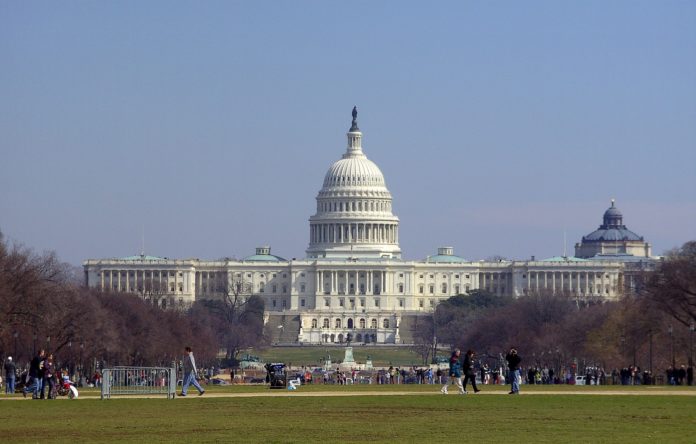The home health care industry has seen an onslaught of regulatory changes over the last few years, with many making practices tougher. These changes are further complicated by the differences between state and federal regulations, and agencies need a clear understanding of both to remain compliant.
In some states, such as Illinois, regulations can even vary by county, making compliance even more burdensome, according to Aimee Delaney, labor and employment practice group leader and partner at Hinshaw & Culbertson LLP, who recently spoke at the Home Care Association of Illinois (HCAOA) conference in Lisle, Illinois.
Delaney addressed some of the top regulatory concerns impacting home health care agencies this year, such as minimum wage, paid sick leave and Illinois’ Freedom to Work Act.
Rising Minimum Wage
Several states have enacted higher minimum wages, increasing costs for home health care agencies and squeezing margins. But the issue remains a local one.
“When it comes to minimum wage, most of the action is taking place at the state or local level,” Delaney said. “The federal level can’t have much power in this case. The issue can be especially challenging in Illinois if you have business operations in multiple jurisdictions with different ordinances.”
The “Fight for 15” is a nationwide movement to increase the minimum wage that recently made headway in some states, including California and New York, both of which have enacted a pathway to $15 per hour over the next three and five years, respectively.
Last summer, home care workers in Washington D.C. experienced a legislative victory that increased the minimum wage to $15 per hour. In the Midwest, Illinois is not far behind.
In Illinois, a house bill proposes a state-wide minimum wage hike to $15 per hour by 2022. However, within the City of Chicago, wages will rise faster, reaching $13 per hour by 2019.
Despite a state-by-state wage hike movement, the federal rate has remained stagnant.
“The Fight for 15 movement is picking up traction all over the country,” said Delaney. “The question now is what will lawmakers do about it.”
Developments in Paid Sick Leave
Paid sick leave is another area that has seen a lot of change in 2017, and home health care providers may soon have to provide these benefits in certain regions. States that will be impacted by new paid sick leave regulations include California, Connecticut, Massachusetts, Oregon, and Vermont, Delaney shared.
Specifically, a new paid sick leave law will go into effect in Chicago on July 1, 2017. The law will cover employees who work at least 80 hours in any 120-day period, and enable employees to accrue one hour of paid sick leave for every 40 hours worked, up to 40 hours per 12-month period. Employees don’t need to be full-time workers to benefit from the law, but must work at least two hours in a two-week period.
Freedom to Work in Illinois
Illinois home health agencies have their own challenges, from the Pre-Claim Review Demonstration (PCRD), which has now been paused, to the more recent Illinois Freedom to Work Act. The Freedom to Work Act went into effect on January 1, 2017, throughout the state, and ensures that workers making under $13 per hour do not sign a noncompete agreement with their employer, Delaney explained.
“The act means that an employer can’t make an employee sign a noncompete agreement, so employees technically can go work for a competitor or be stolen by a competitor without repercussions,” she said.
Some agencies could see this as a regulation that may make it more difficult to keep caregivers around, but some in the industry think sharing caregivers could benefit home care as a whole.
As regulations and laws shift, agencies need to stay on top of the changes to stay ahead of the curve and avoid any unnecessary legal troubles, Delaney added.
Written by Alana Stramowski




